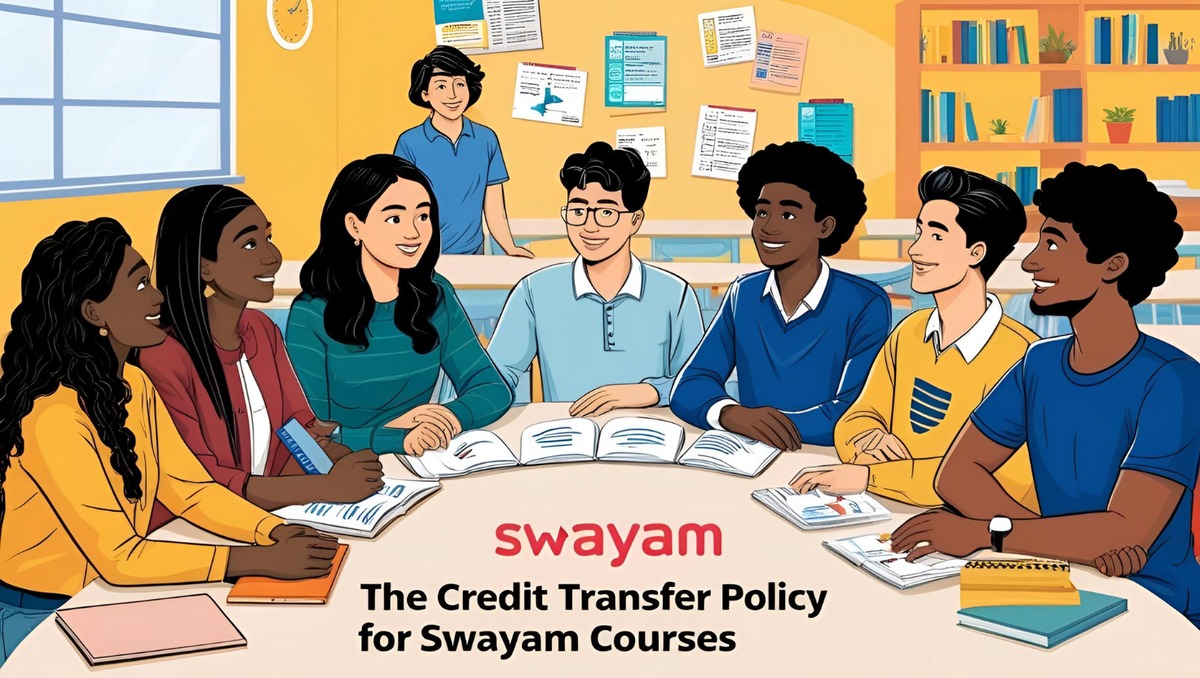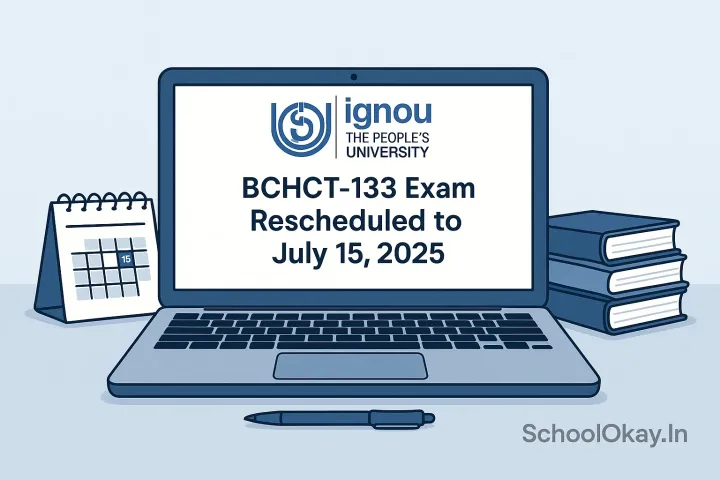Credit Transfer Policy for SWAYAM Courses
The Study Webs of Active Learning for Young Aspiring Minds (SWAYAM) is a flagship initiative by the Government of India aimed at providing

The Study Webs of Active Learning for Young Aspiring Minds (SWAYAM) is a flagship initiative by the Government of India aimed at providing



